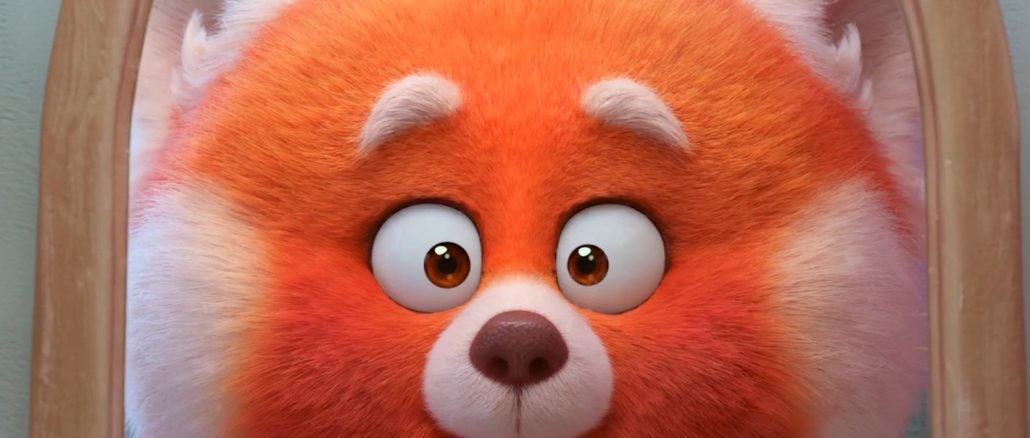
Okay, so there it is. Turning Red is about periods and the changes that accompany them. But it’s also a lot more. It’s a study of adolescence in Toronto in the early noughties. A trip down family lane. It’s a loud reminder that it’s okay to be weird and different. But most of all, it’s a big fat lie about the size of red pandas.
Seriously, has anyone at Pixar actually seen a red panda? I have. They’re the size of a stretched terrier (which we’ve all seen of course.) They’re not big enough to destroy schools or stadiums, and they definitely shouldn’t represent strong emotion. They seem chill.
Anyway, now that’s out of my hair, what’s the film actually like? Well, a cornetto. It’s inoffensive and pleasant. You won’t find many people that don’t like cornetti (yes, that’s the plural), but equally, nobody lives or dies for them. They exist, and we’re all reasonably chuffed about it.
But this is Pixar we’re talking about – wizards of playing heartstrings like a xylophone. And when you compare Turning Red to some of their classics like Up or Inside Out, the only emotion I can muster up is disappointment.
That’s not because this is a bad film. Far from it, you’ll have a reasonably good time. It’s just that Pixar are basically spellcasters when it comes to sounding the right emotional notes, so a melting ice-cream doesn’t cut it.
It follows the story of Mei, a Chinese-Canadian girl who just got her first period. A trying moment, so I’m told. But poor Mei now also has to contend with the fact that she turns into a wardrobe-sized red panda whenever she gets emotional.
This, on top of an overbearing Mother that detests boy bands and ‘gyrating’, pushes hormonal Mei to the limit throughout the film.
Certainly, an interesting premise, and Pixar deserves credit for spotlighting a horrendously under-represented topic – menstruation. But the studio’s emotion dispenser was a bit stingy with its serving here. There isn’t the trademark light Pixar humour, nor did I find the characters particularly engaging.
The exceptions to this were some of the touching final scenes between Mei and her mother, which I won’t spoil here, but were handled sensitively and made me well up a bit.
And it would be remiss of me not to mention the impressive visual quality Pixar have achieved here. Every hair on the red panda’s body is so crisply rendered you’d feel toasty just looking at it. And the scenes that get a little mystical are a visual feast, with Asian-infused colours and striking lighting effects dancing on the screen.
But the trouble for Pixar is that when one of the world’s most mighty wizards conjures up a cornetto, nice though it may be, you can’t help but feel a little dissatisfied.
Image Credit: imdb.com



